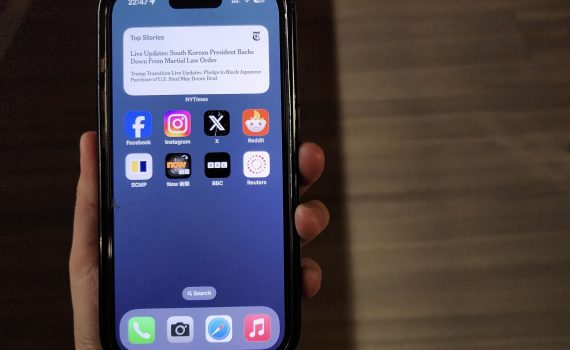Think twice about white rice?
- 2013-07-21
Harvard study shows eating rice may increase the risk of diabetes
While white rice has a mean glycemic index of 64, whole wheat has a GI of 41
There's nothing like a bowl of white rice that could help recover energy after a day's hard work, especially for Asians.
While the very idea of eating rice is healthy, a new study by the Harvard School of Public Health suggests that eating white rice could increase your risk of diabetes.
The study shows that each additional daily serving of white rice may increase the risk of Type 2 diabetes by ten percent. Those who ate the largest amount of white rice had a 27 percent higher risk of diabetes than those who ate the least.
Asian people, particularly for Chinese and Japanese, were found to be most prone to the disease because of generally higher white rice consumption.
In Hong Kong, one out of every ten adults currently suffers from diabetes.
"The reason why white rice may impact the risk of diabetes isn't clear, but it may have to do with the food's high score on the glycemic index (GI) — a measurement of how food affects blood sugar levels," said Ms Doris Lau, Accredited Practising Dietitian of the Hong Kong Dietitians Association.
"High GI ranking food has previously been associated with increased risk of diabetes," said Ms Lau.
While white rice has a mean GI of 64, whole wheat has a GI of 41, the study shows.
White rice is a refined grain which has undergone a series of mechanized processes such as hulling and milling. Refined wheat creates fluffy flour that makes light, airy breads and pastries.
But there's a nutritional price to be paid for refined grains.
The refining of grains detaches the most nutritionally dense parts of the grain - the bran and the germ. Without them, more than half of the grain's B vitamins, 90 percent of E vitamins, and virtually all of the fiber are stripped away, said Harvard researchers.
That is why white rice is not the only red flag for a diabetes-prone diet, refined grains are.
Thankfully, there are unrefined grains, which have retained their bounty of nutritional goodness that are otherwise known as whole grains. In terms of dietary fiber, whole grains are on a par with fruits and vegetables. Whole grain foods include brown rice and whole-wheat bread.
"Whole grains release their energy slowly as they are broken down in the digestive tube. This way, the body can regulate blood sugar levels more steadily," said Dr Lee Ka-fai, Vice-chairman of Diabetes Hongkong, a registered charity organization treating local diabetic patients.
Fiber mixes with other contents in the stomach, and allows nutrients to be absorbed slowly and more steadily over time.
"People should try to make a switch from eating refined carbs like white rice and white bread to eating more whole grains. This way, you consume more nutrients and fiber overall," Dr Qi Sun, author of the Harvard study said.
The Harvard study has prompted the United States Department of Agriculture to put forward the key consumer message: make at least half of your grains whole grains.
The Healthy Eating Plate, a blueprint for planning healthy meals created by nutrition experts at the Harvard School of Public health has also responded to the grain "revelation". The new Eating Plate recommends reserving a quarter of a person's daily food intake for not just any grains, but whole grains, while limiting the consumption of refined grains.
Though radical changes have been made to improve the American diet, the same cannot be said for Hong Kong.
A local counterpart of the Healthy Eating Plate is the Food Guide Pyramid designed by the Health Department of Hong Kong. Despite the growing number of research suggesting the health benefits of whole grains over refined, the food pyramid is not explicit in the type of grain it recommends for daily consumption.
In other words, local nutrition experts are warning that white rice is not the only culprit in diabetes risk.
"White rice has long been a part of Asian diets in which diabetes risk has been comparatively lower than the west," said Ms Lau.
Rather, a general decrease in physical activity, blown-up portion sizes paired with an increasingly western diet of fast food is piling on the weight and culminating a hodgepodge of diet-related diseases including diabetes in Asia.
Ms Lau explained, "It is white rice plus aspects of modern living — including less physical activity — that conspire to elevate the incidence of Type 2 diabetes."
For thousands of years, white rice has been a staple food playing an indispensible role on the dinner table. This transition can only hope to render Asian population more susceptible to the imperfections of their beloved grain.
But for now, at least, it seems that Hong Kong will not swear off white rice just yet.
Reported by Tsau Jin Cheng
Edited by Jessica Lee
《The Young Reporter》
The Young Reporter (TYR) started as a newspaper in 1969. Today, it is published across multiple media platforms and updated constantly to bring the latest news and analyses to its readers.

Breaking the mould of pop music

Organic by deception




Comments